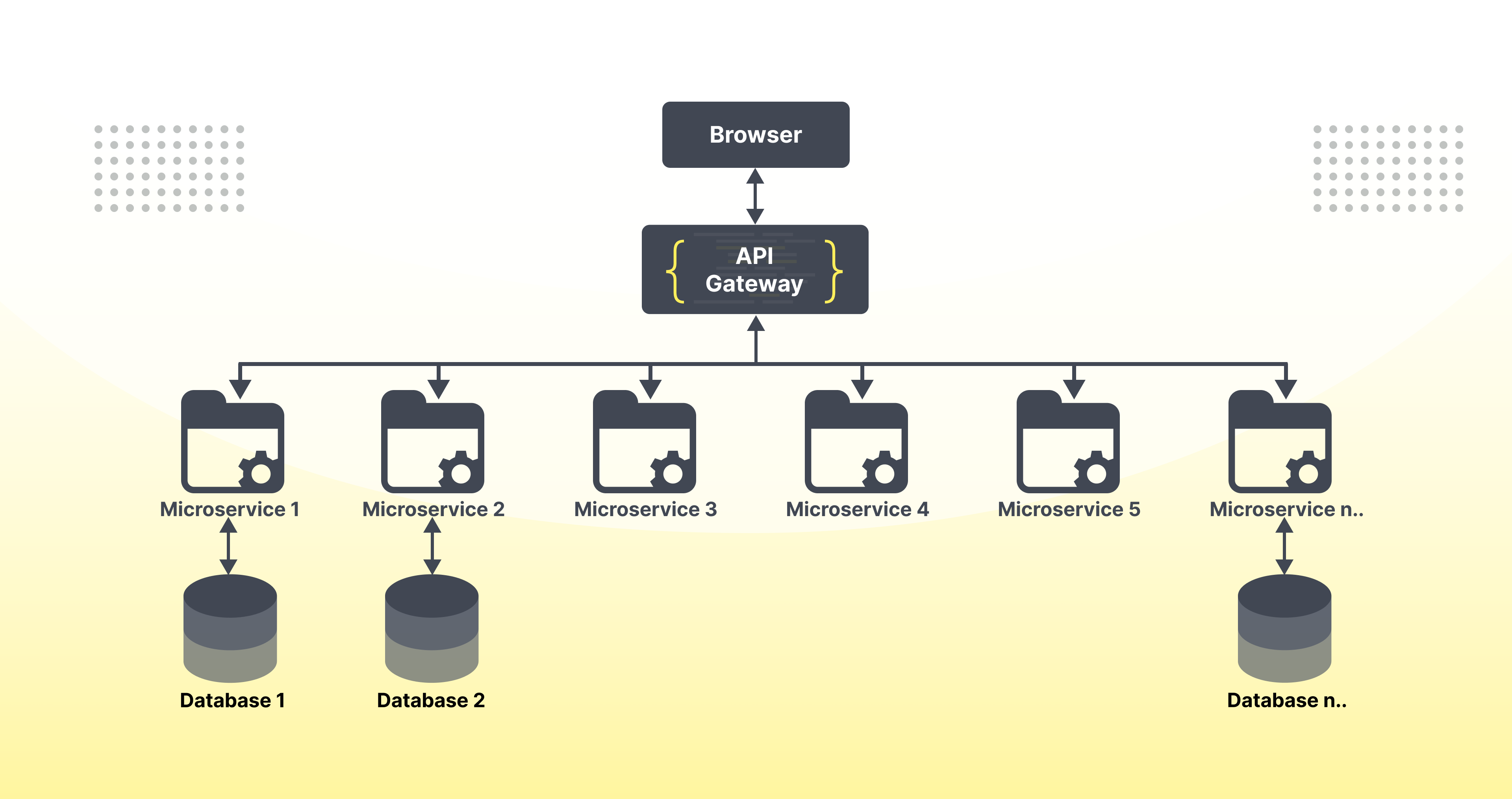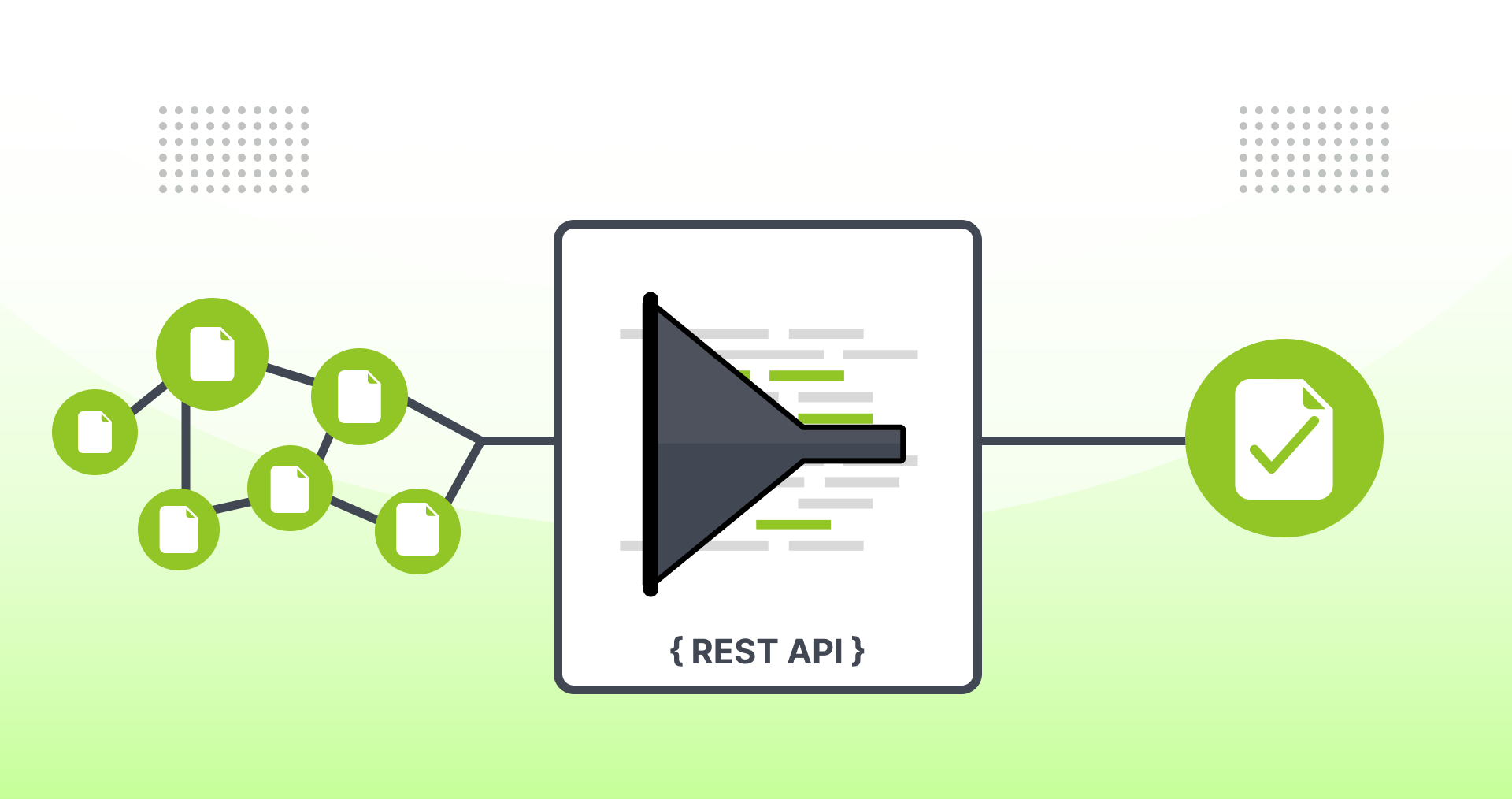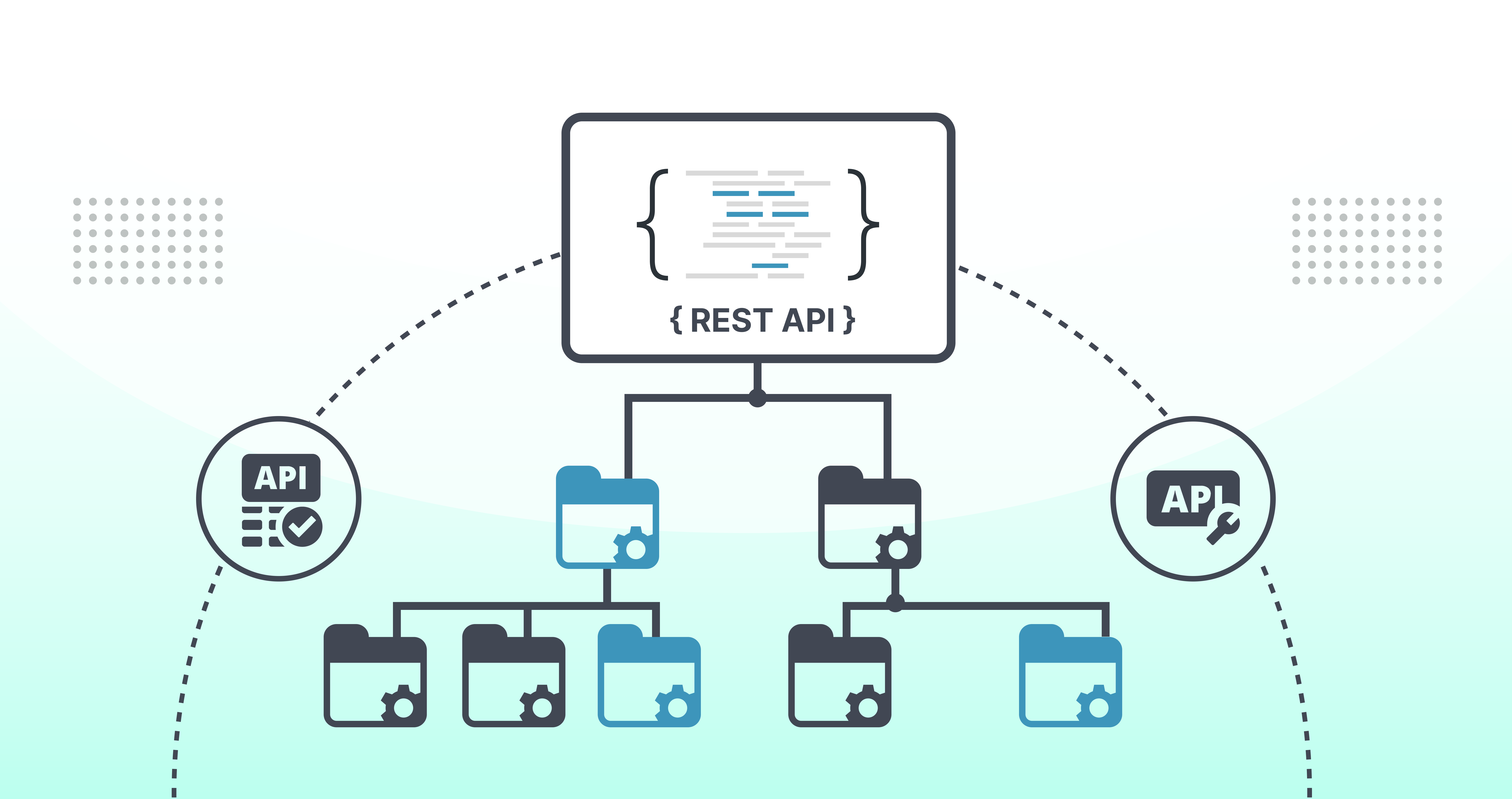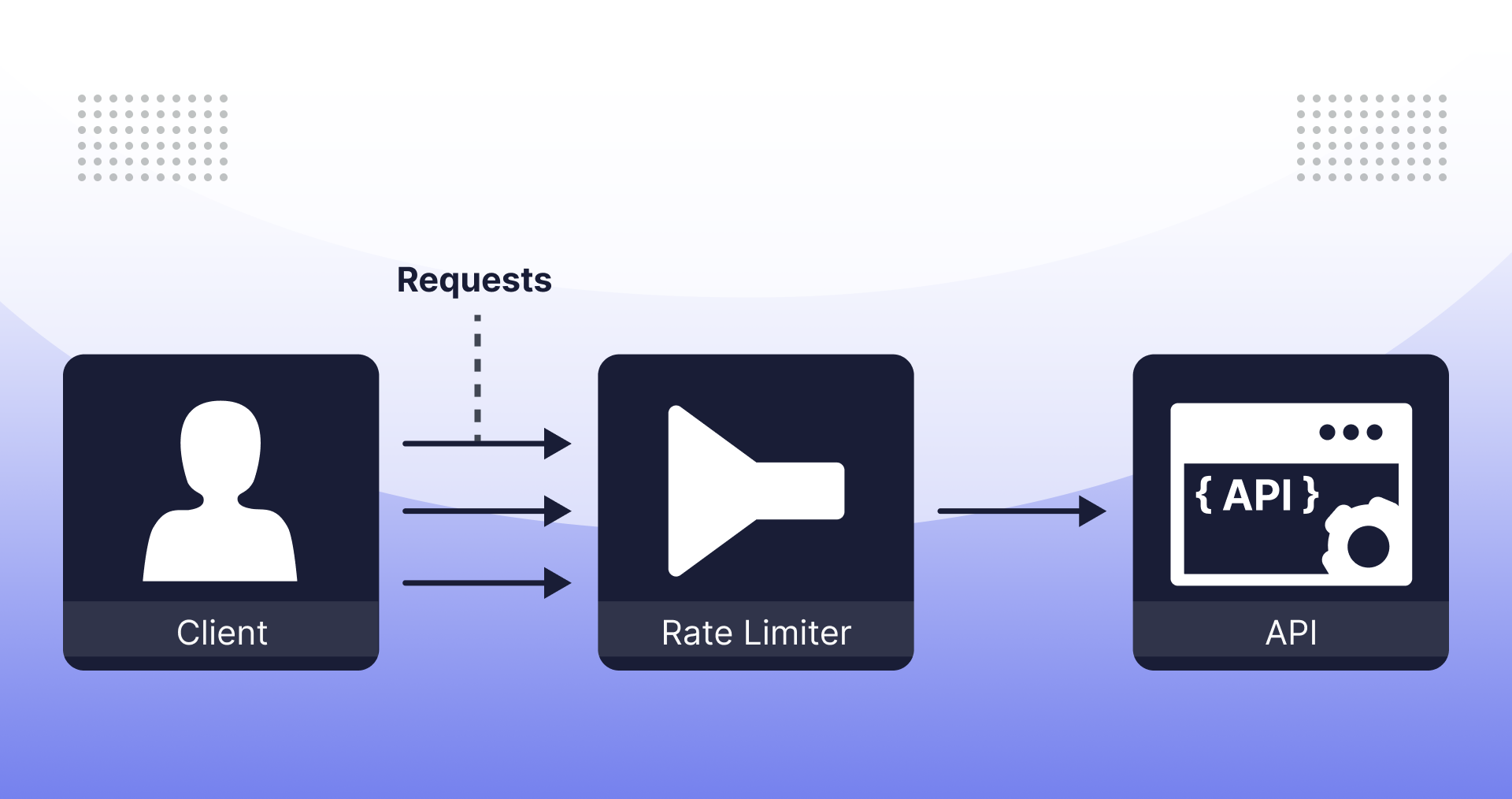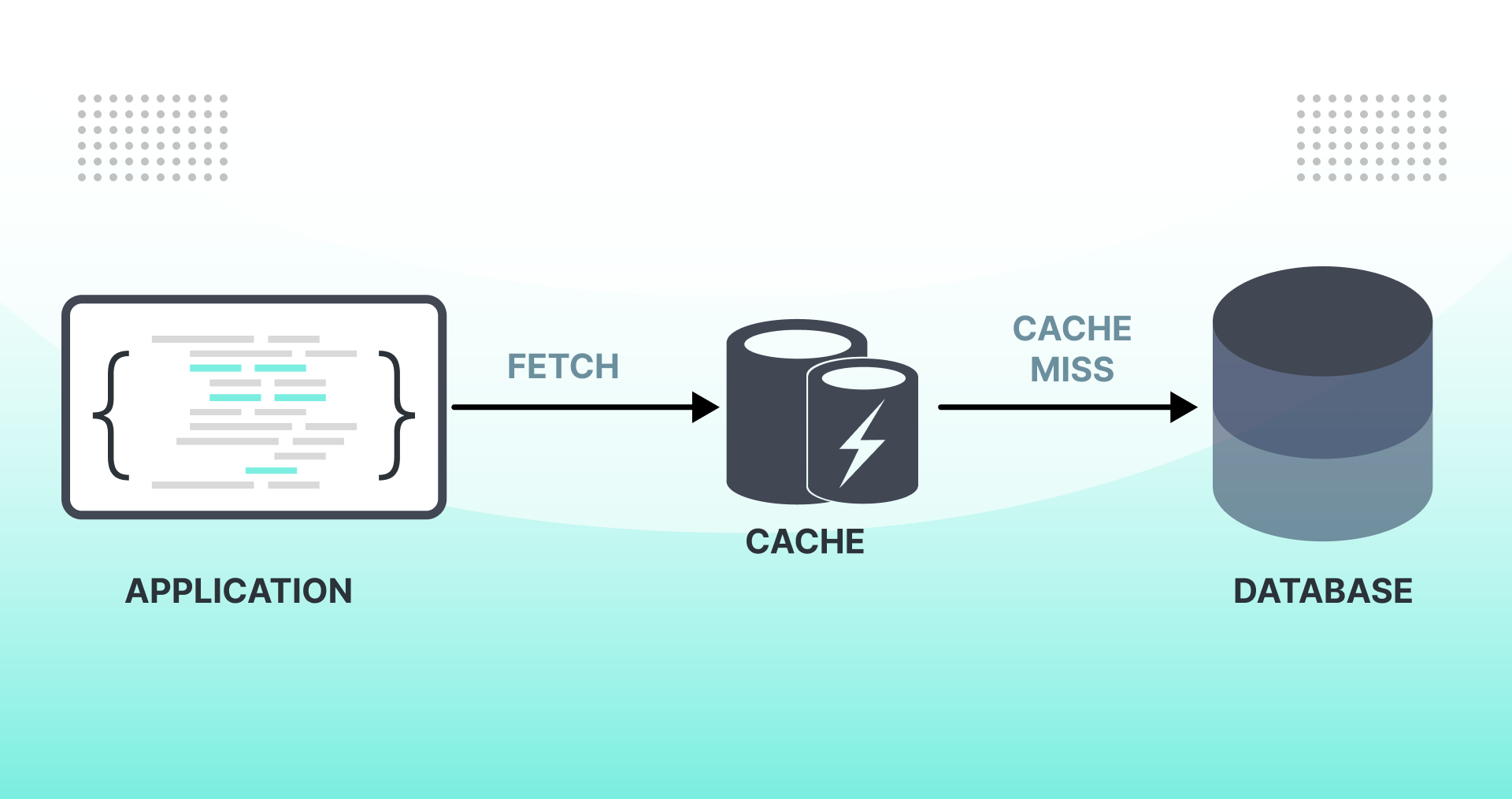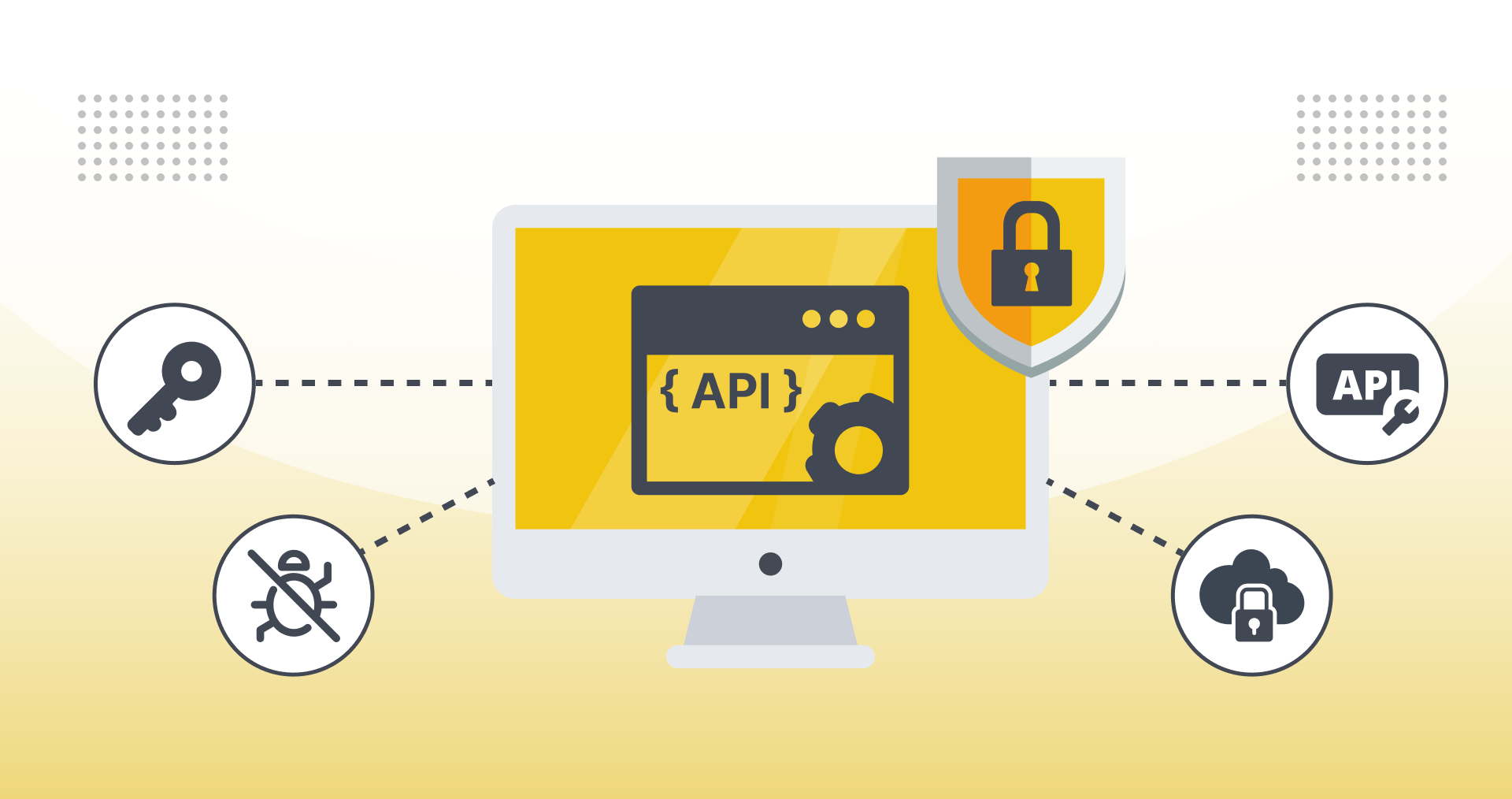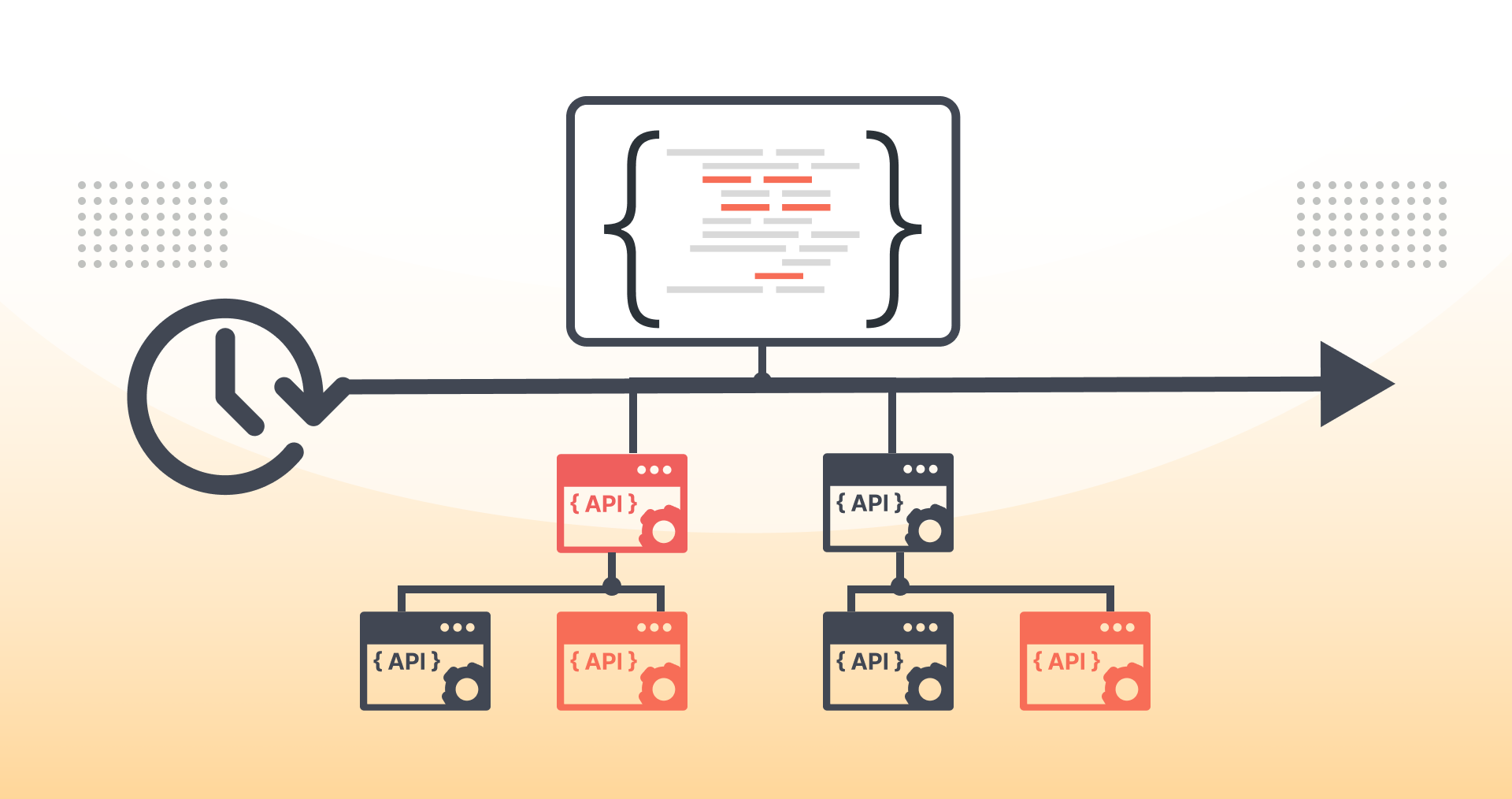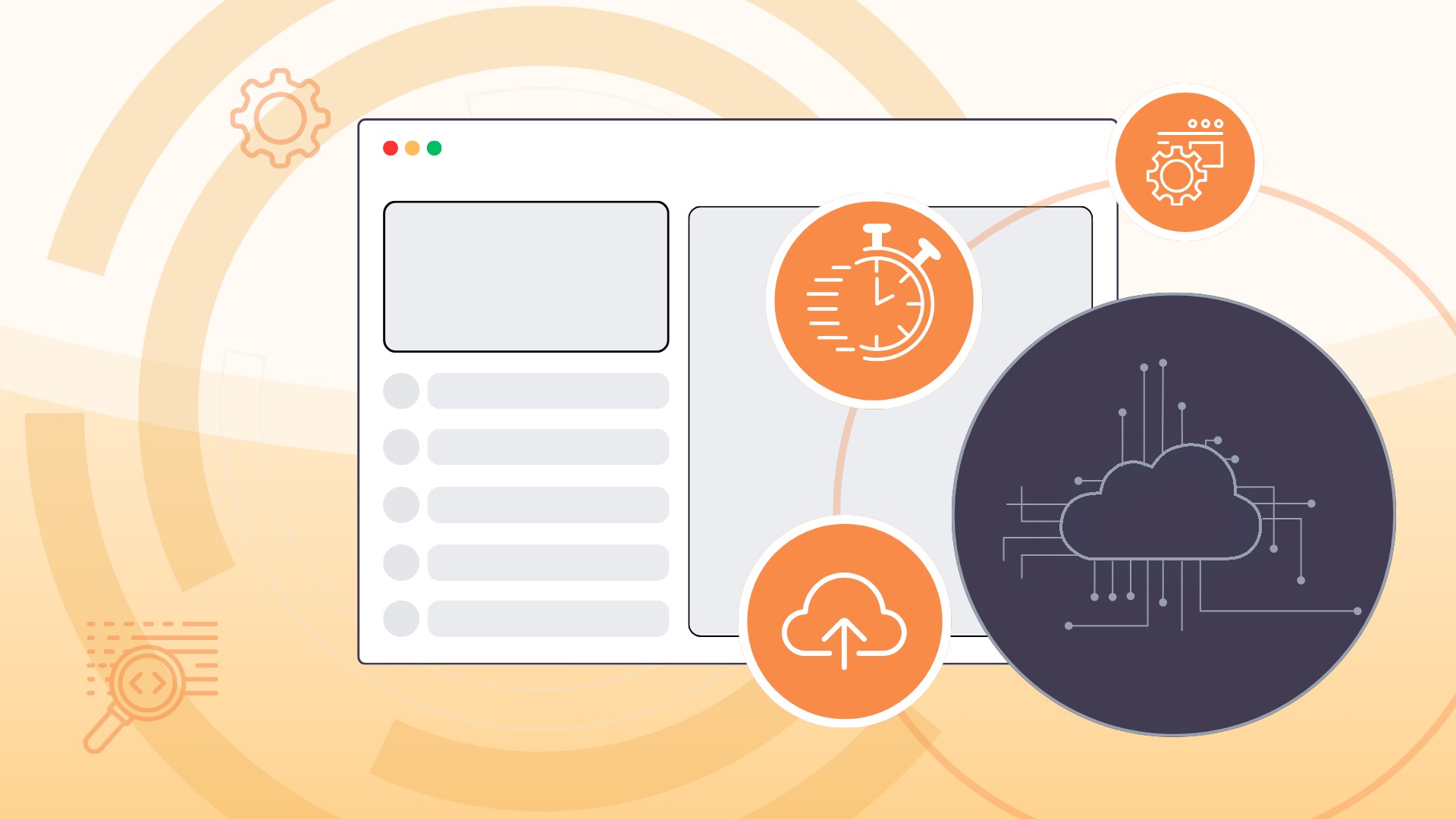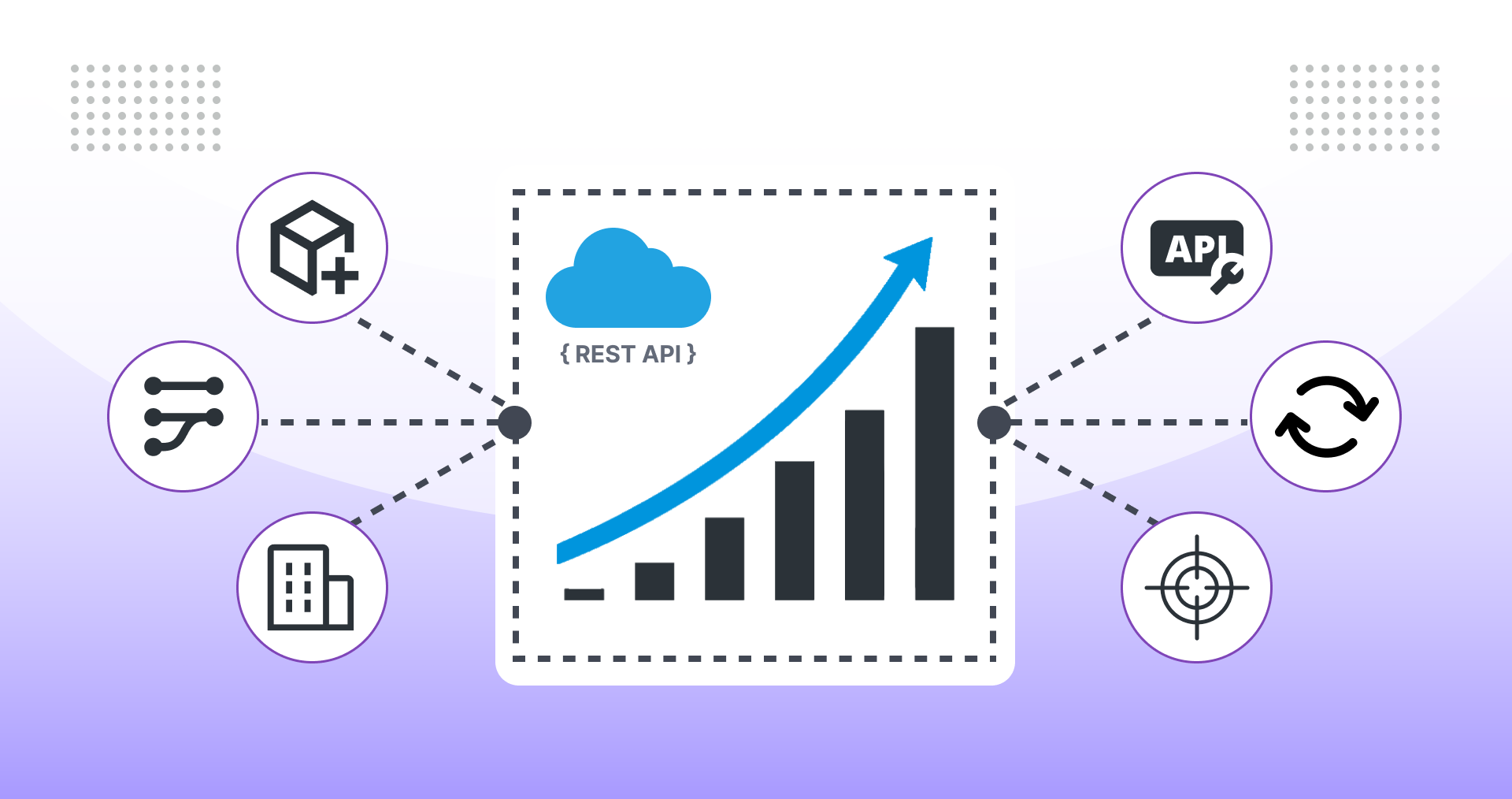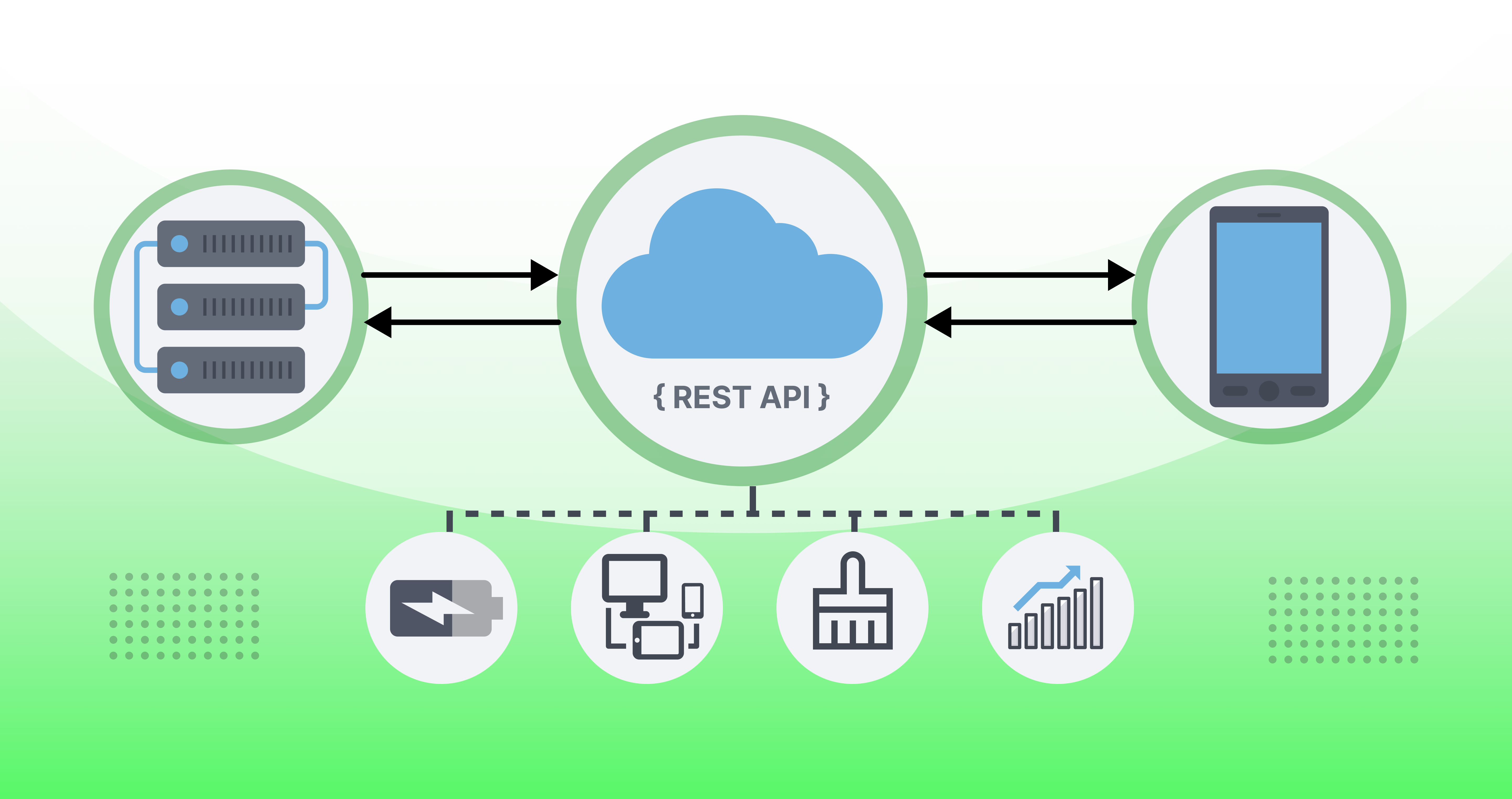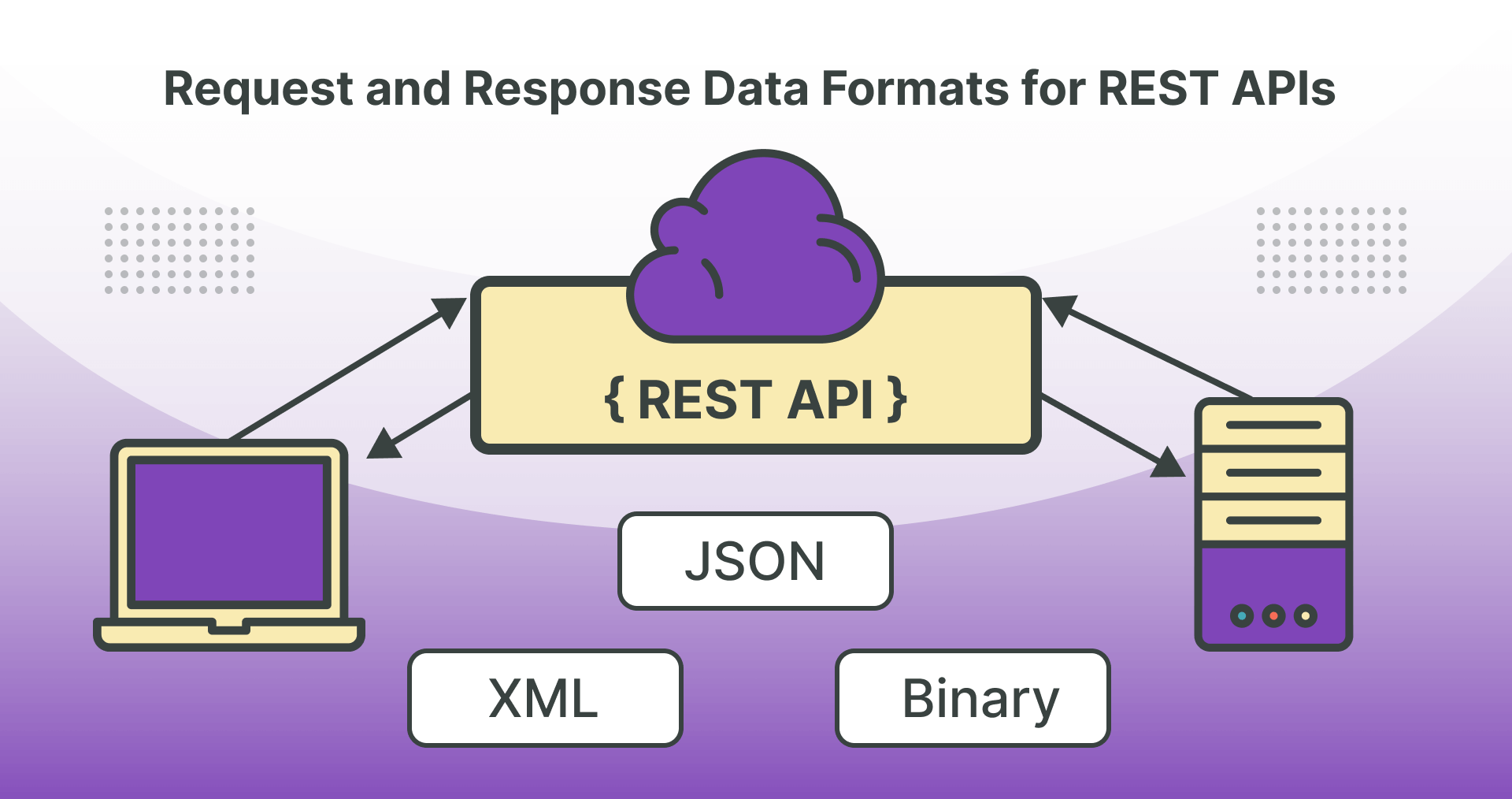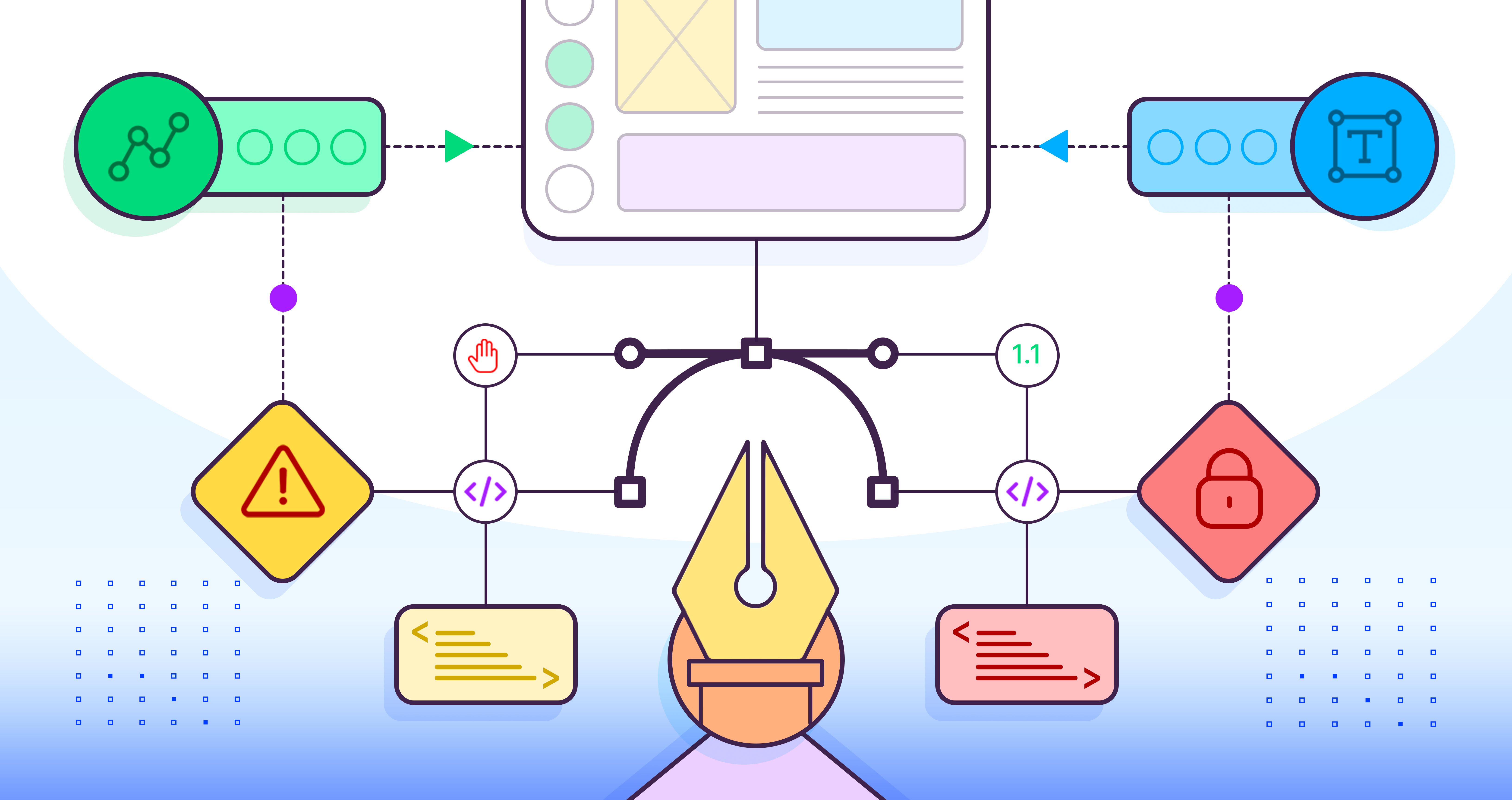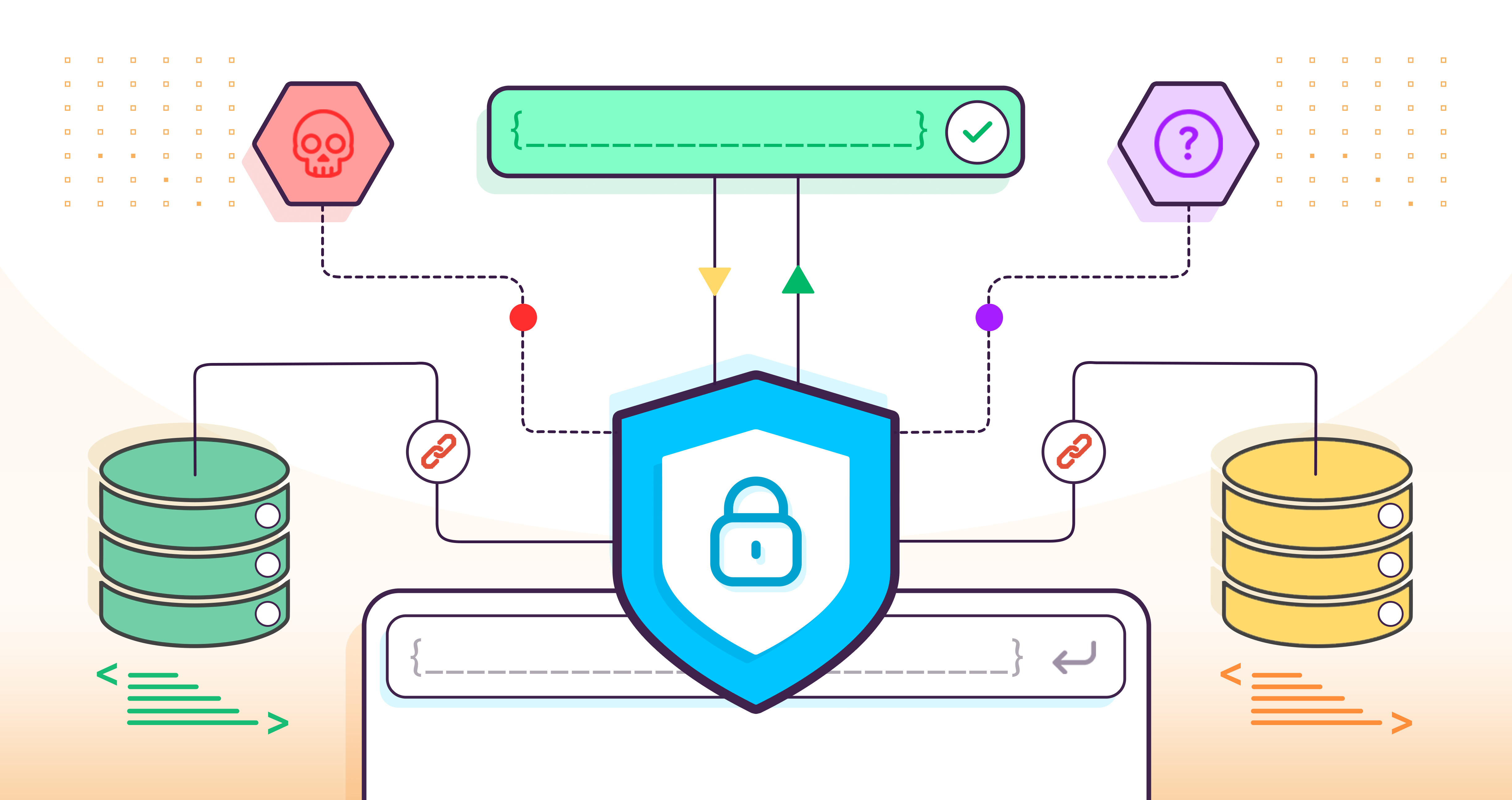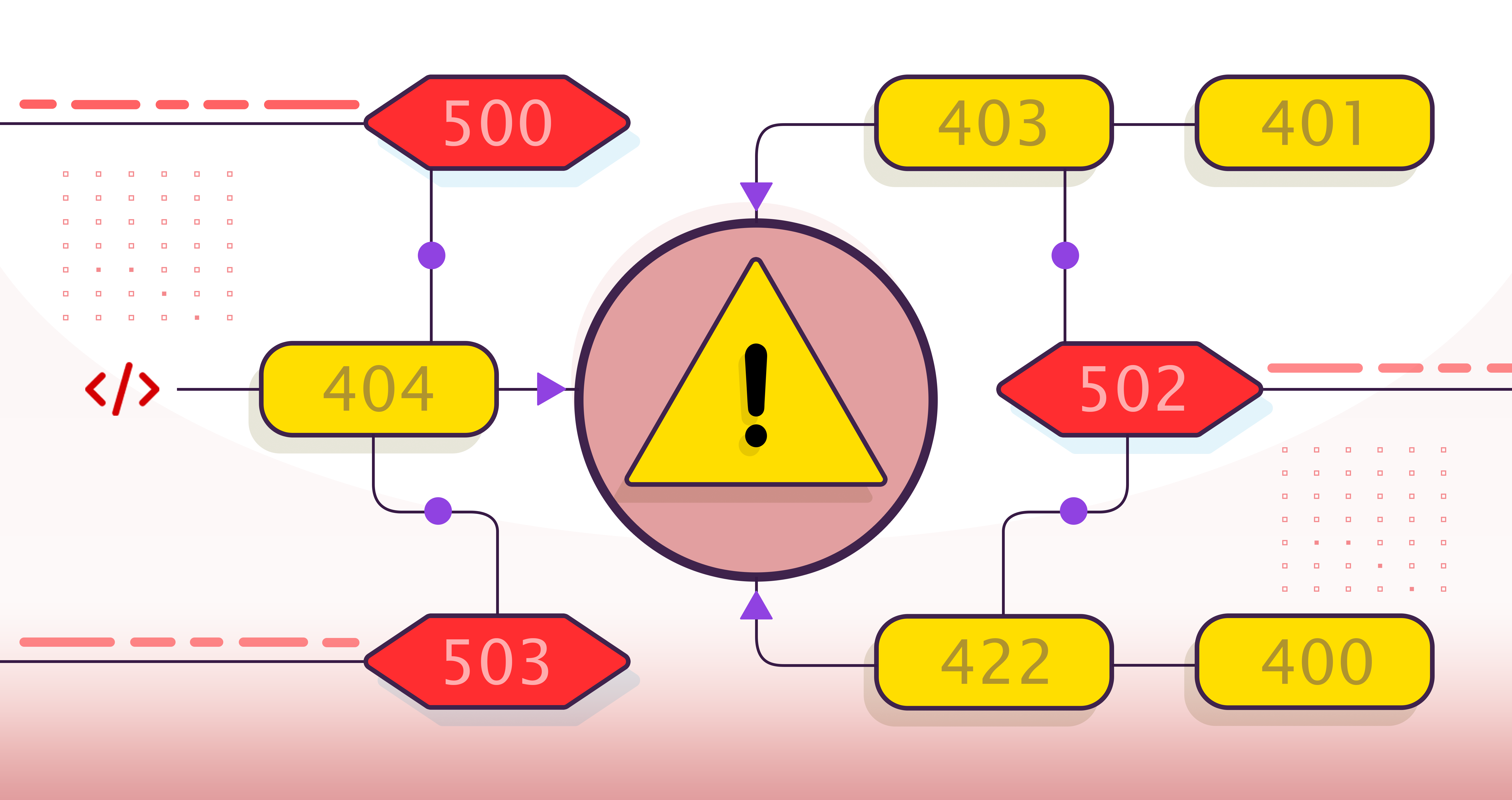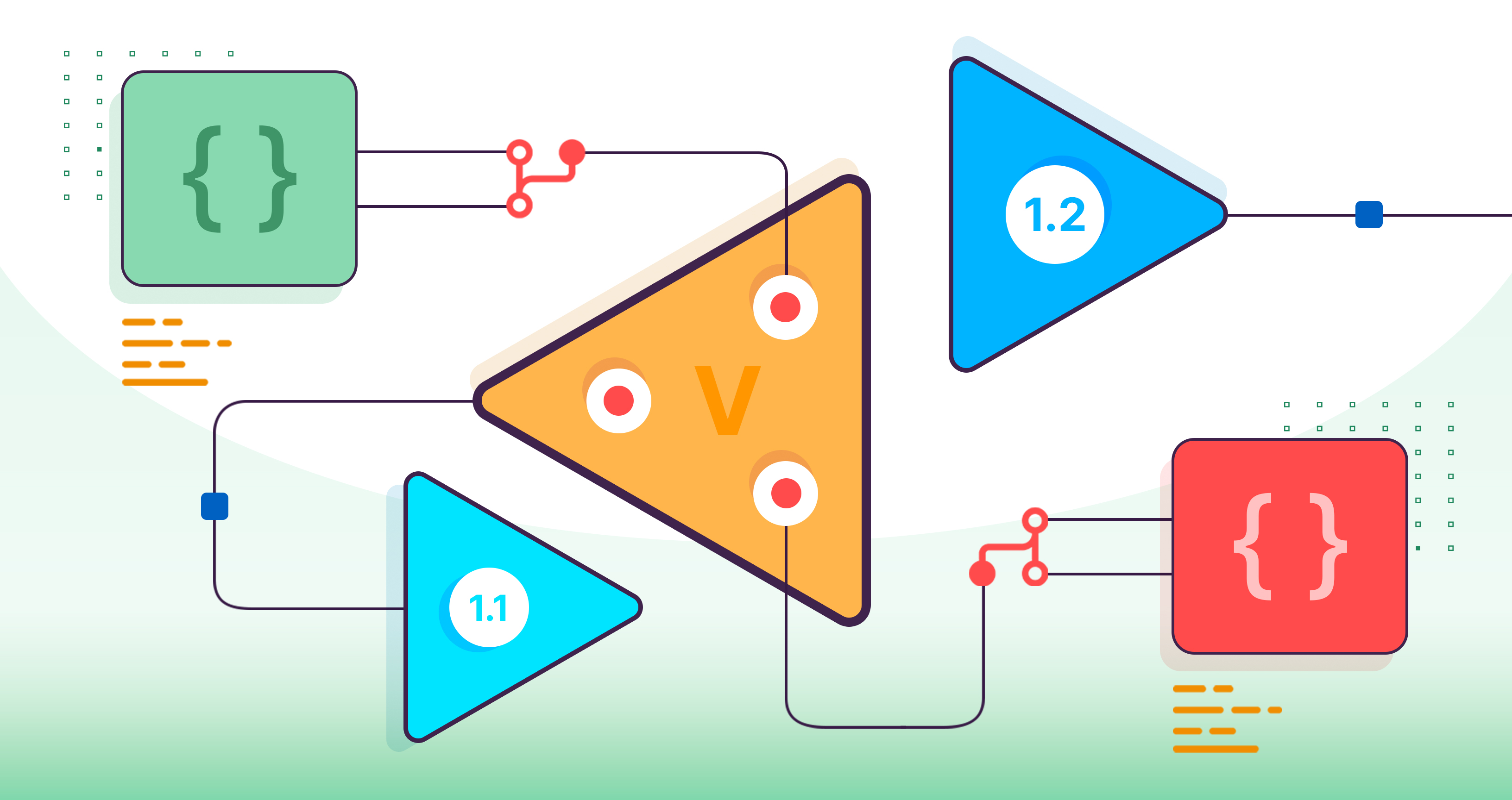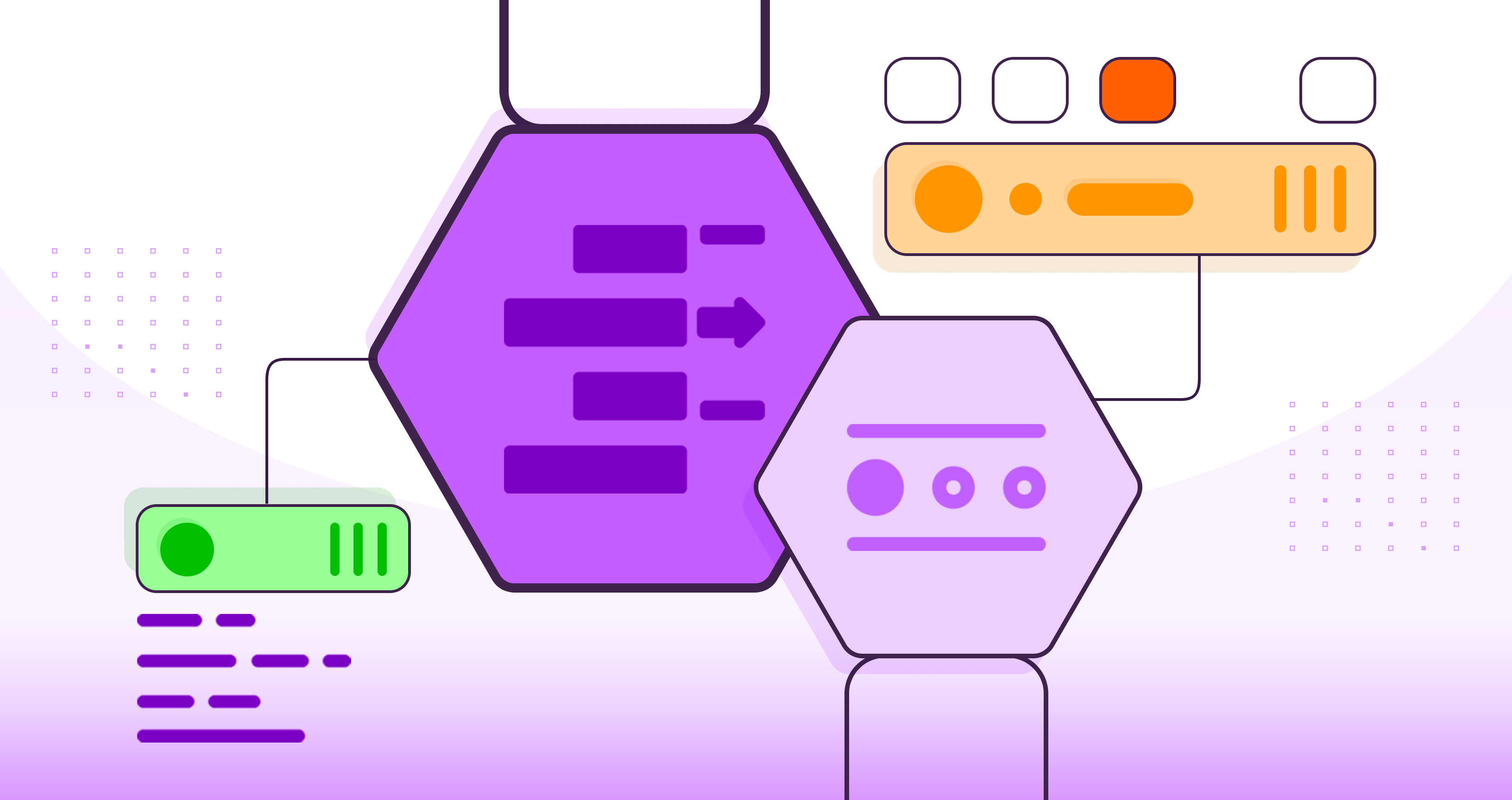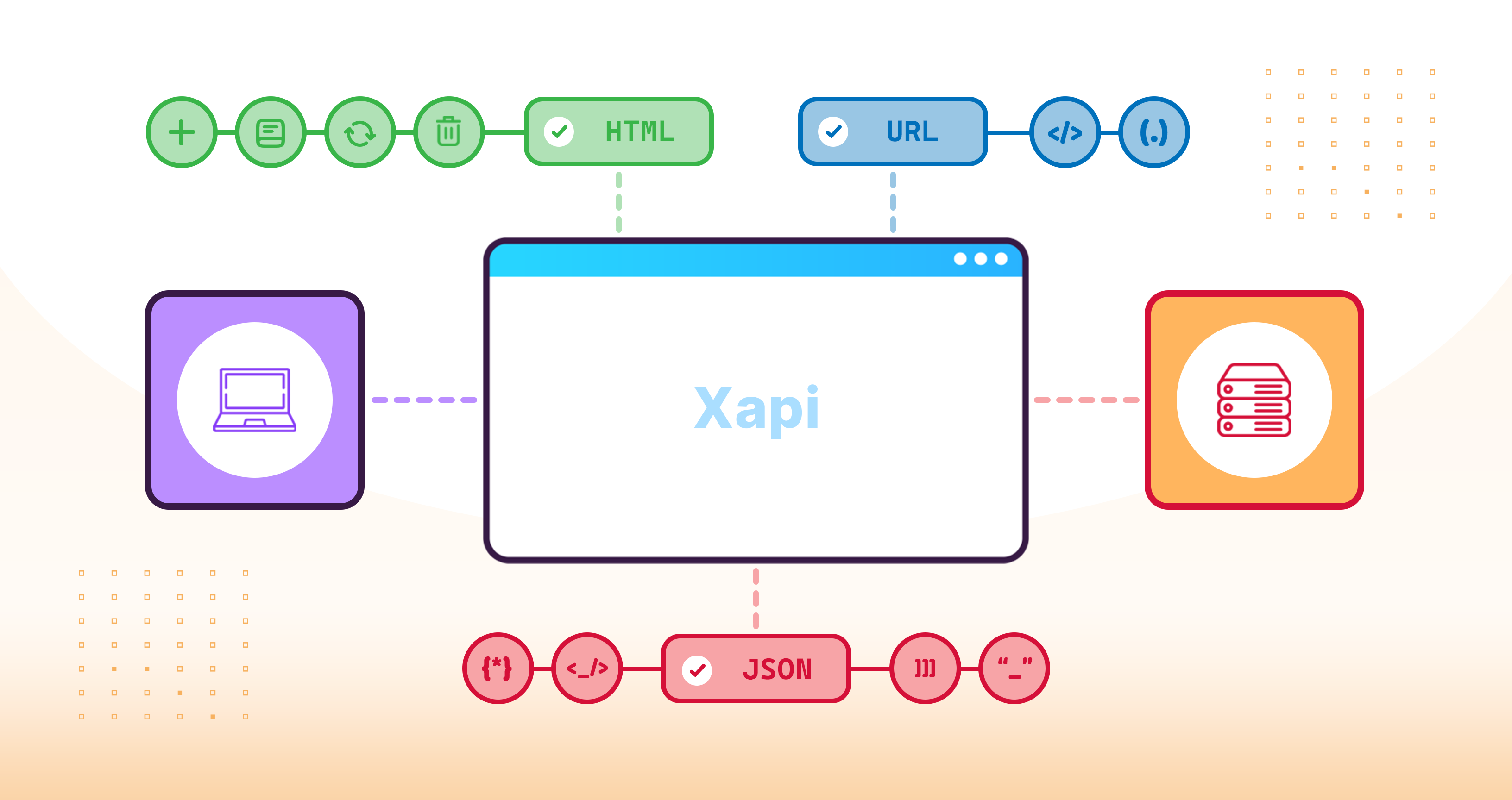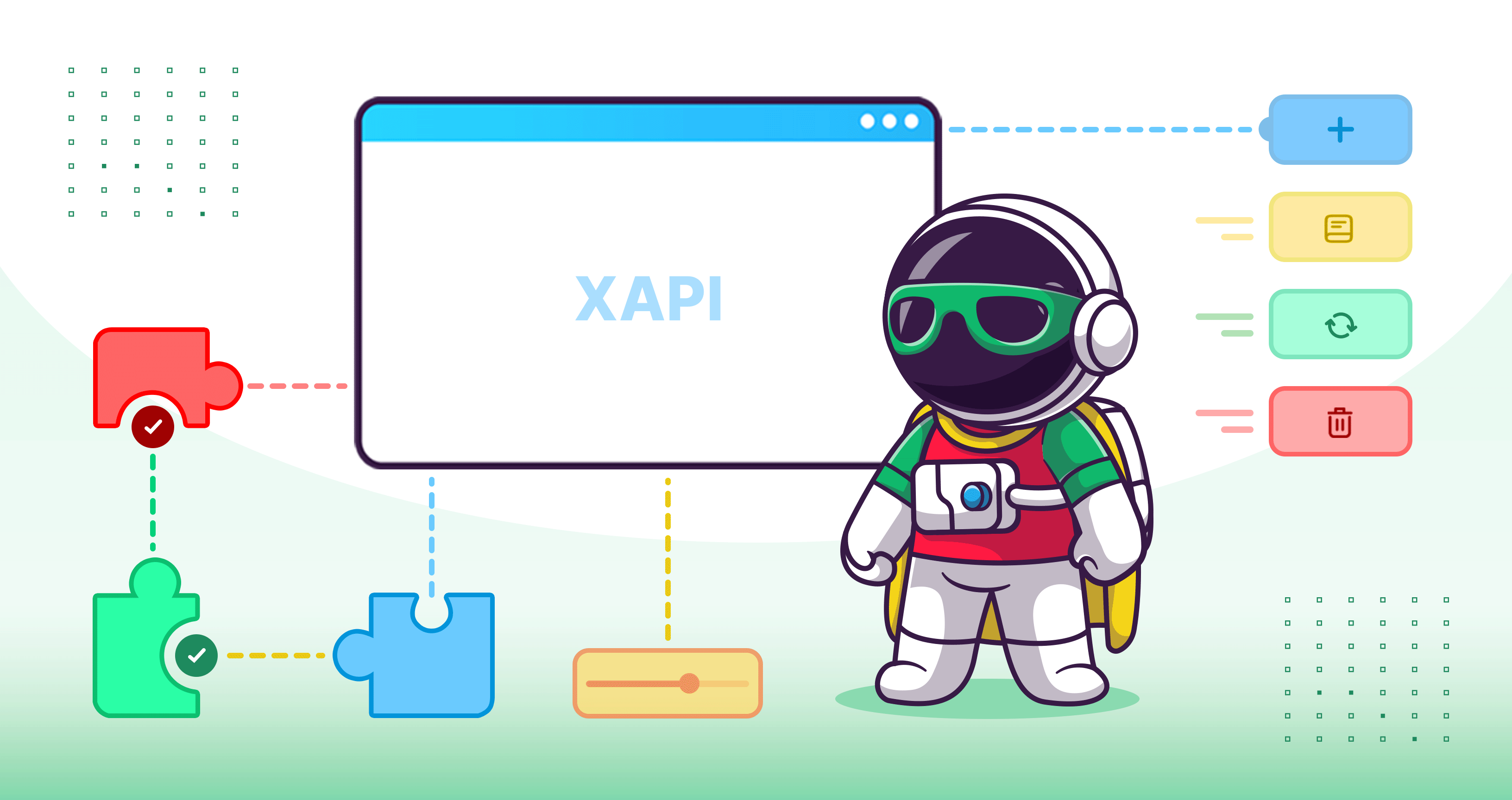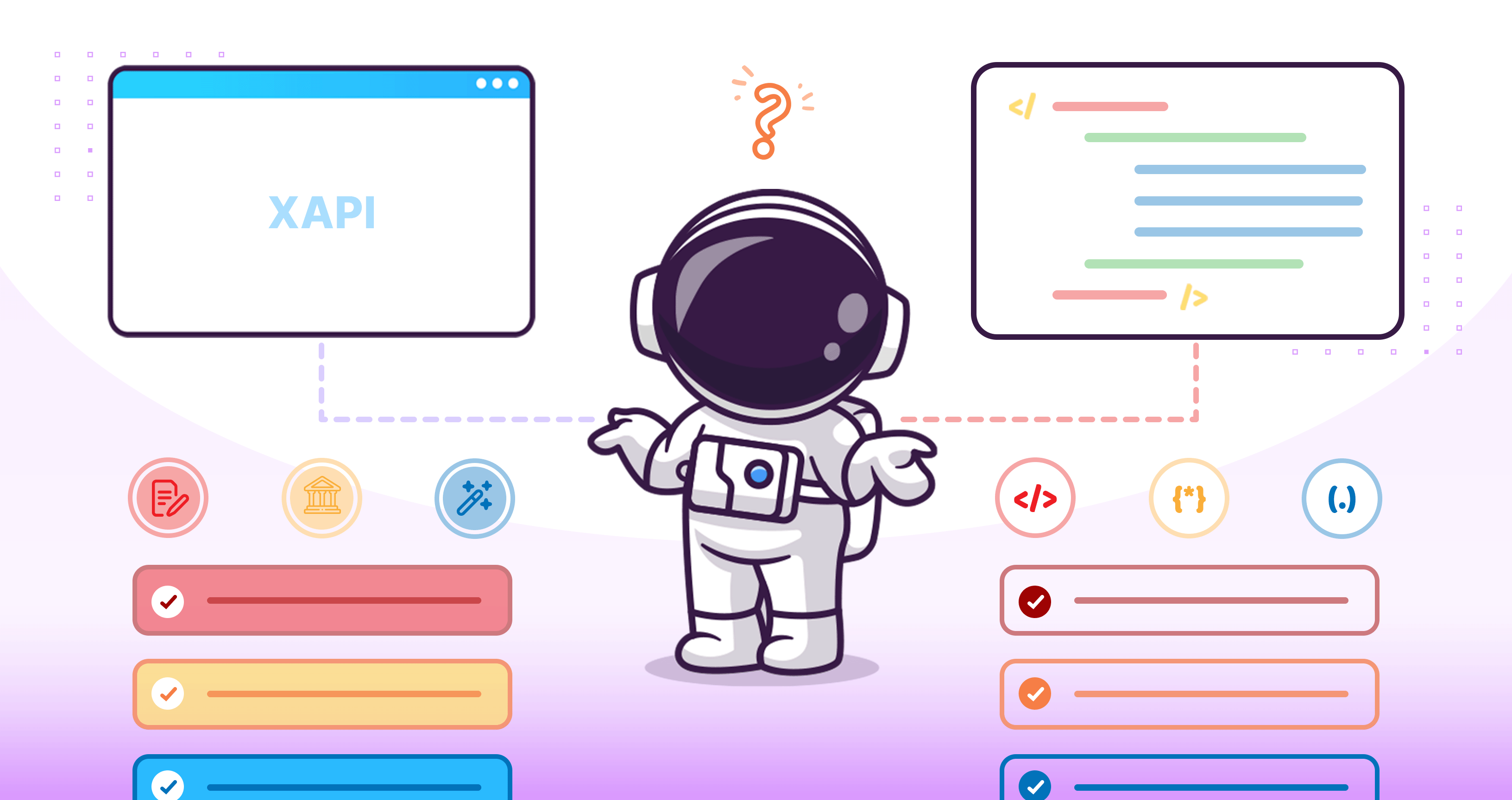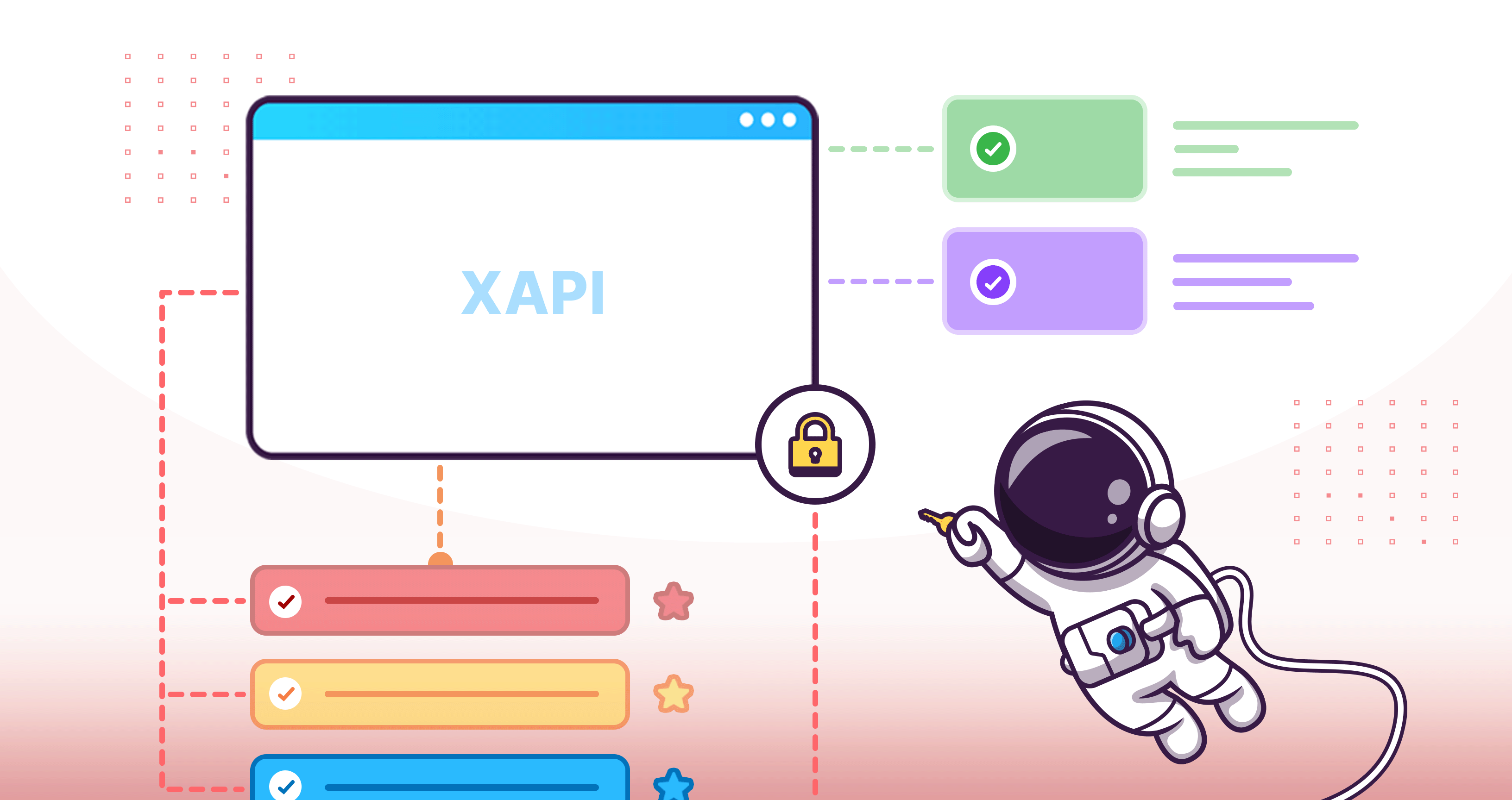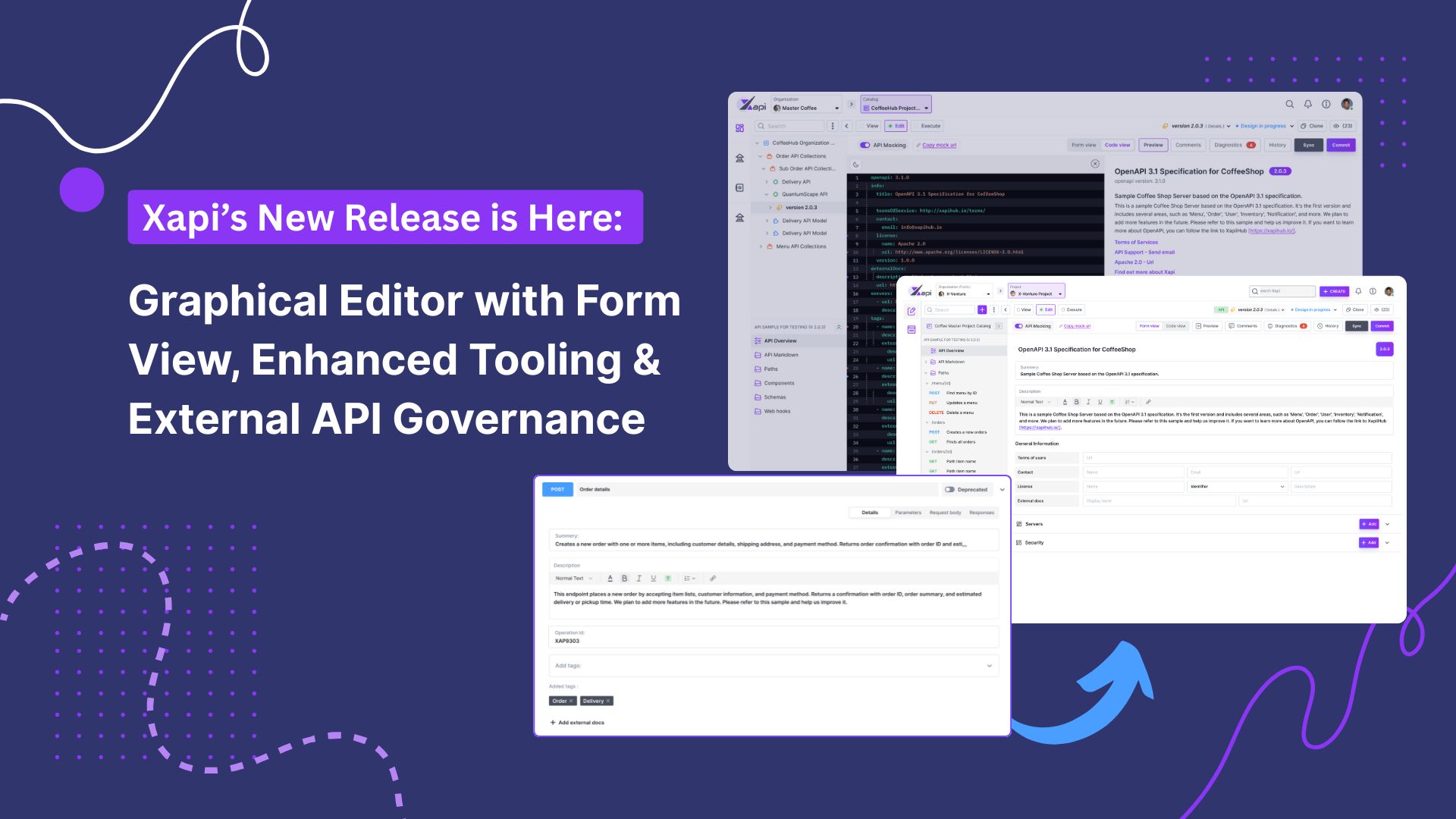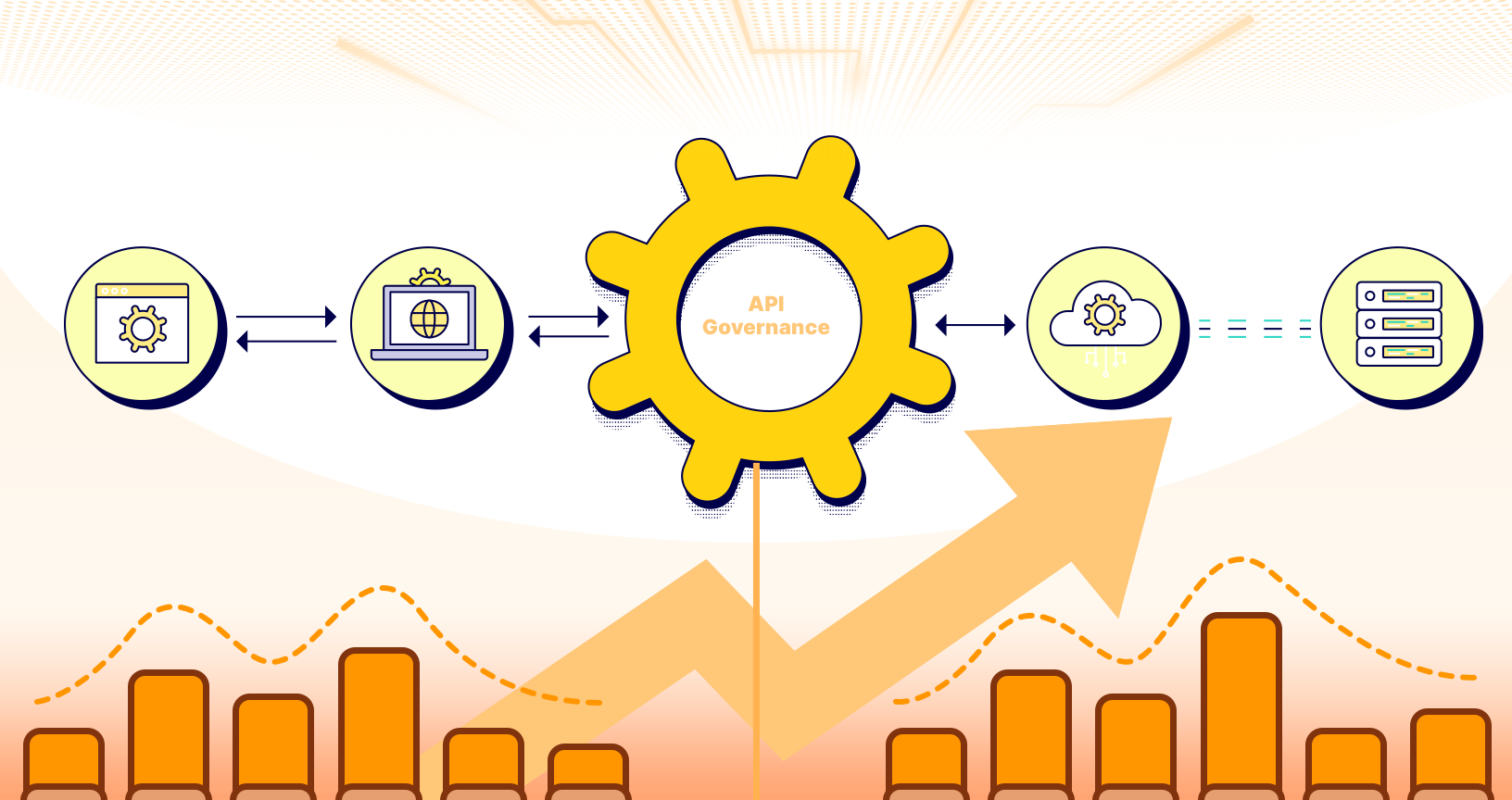Handling Partial Updates in RESTful APIs: Strategies for supporting partial updates of RESTful API resources while maintaining data integrity
.jpeg)
Nithmi Onara
24 January,2024 •
6 mins read
RESTful APIs have become the backbone of modern web development, enabling seamless communication between client applications and server resources. One common challenge developers face is how to handle partial updates efficiently while ensuring data integrity. In this blog, we will explore strategies for supporting partial updates in RESTful APIs, allowing developers to optimize resource modifications without compromising data consistency.
What are Partial Updates?
Partial updates involve updating only a subset of fields of an API resource' rather than the entire resource. This can be particularly useful when dealing with large or complex objects, as it reduces the amount of data transmitted and minimizes the risk of overwriting unintended changes.
Why Use Partial Updates?
- Bandwidth Optimization:
Sending only the modified fields conserves bandwidth, especially crucial in scenarios with limited network resources.
- Reduced Server Load:
Partial updates minimize the processing load on the server by focusing on the specific changes rather than reprocessing the entire resource.
- Improved Performance:
For large datasets, partial updates result in faster response times and improved client-server interactions.
How to Support Partial Updates?
Partial updates in RESTful APIs can be supported using the following ways.
- Using the HTTP PATCH Method:
Leverage the HTTP PATCH method for partial updates. Here's an example in Python using Flask:
@app.route('/update_resource', methods=['PATCH'])
def update_resource():
# Retrieve resource ID from the request
resource_id = request.args.get('id')
# Retrieve the partial update data
partial_data = request.get_json()
return 'Resource updated successfully', 200
- Utilizing JSON Merge Patch:
JSON Merge Patch is a standardized format for expressing partial updates. It can be applied to a JSON document using the following example:
{
"op": "replace",
"path": "/property",
"value": "new value"
}
What are the Strategies for Handing Partial Updates?
- PATCH Method:
The HTTP PATCH method is specifically designed for partial updates. It allows clients to send only the changes they want to apply to the server. When a PATCH request is received, the server processes the modifications, updating only the specified fields while leaving others unchanged.
Example:
PATCH /api/resource/123
Content-Type: application/json
{
"field1": "new value",
"field3": 42
}
This method ensures that only the specified fields are updated, preserving data integrity.
- Conditional Requests:
Use conditional requests, such as If-Match or If-None-Match headers, to ensure that the resource being updated is still in the expected state. If the resource has been modified since the client last retrieved it, the server can reject the update, preventing unintentional changes.
Example:
PATCH /api/resource/123
Content-Type: application/json
If-Match: "etag_of_the_resource"
{
"field1": "new value",
}
If the resource has changed since the client retrieved it, the server will respond with a ‘412 Precondition Failed’ status.
- Versioning:
Implement resource versioning to track changes over time. Each resource carries a version identifier, and clients include this identifier when making updates. If the client's version doesn't match the server's, the update is rejected.
Example:
PATCH /api/resource/123
Content-Type: application/json
X-Resource-Version: 2
{
"field1": "new value",
}
This approach ensures that updates are applied only if the client is working with the latest version of the resource.
- Atomic Updates:
For resources with relationships or dependencies between fields, consider using atomic updates. This involves updating multiple fields in a single operation, ensuring consistency across related data.
Example:
PATCH /api/resource/123
Content-Type: application/json
{
"field1": "new value",
"field2": "updated value"
}
The server processes both field updates as a single atomic operation, preventing inconsistencies.
Conclusion
Handling partial updates in RESTful APIs is a crucial aspect of designing robust and efficient systems. By employing strategies like the PATCH method, conditional requests, versioning, and atomic updates, developers can strike a balance between data integrity and efficient resource modifications. Choosing the right approach depends on the specific requirements of the application, ensuring a smooth and reliable API experience for both clients and servers.
.jpeg)
Nithmi Onara
Business Analyst at X-Venture



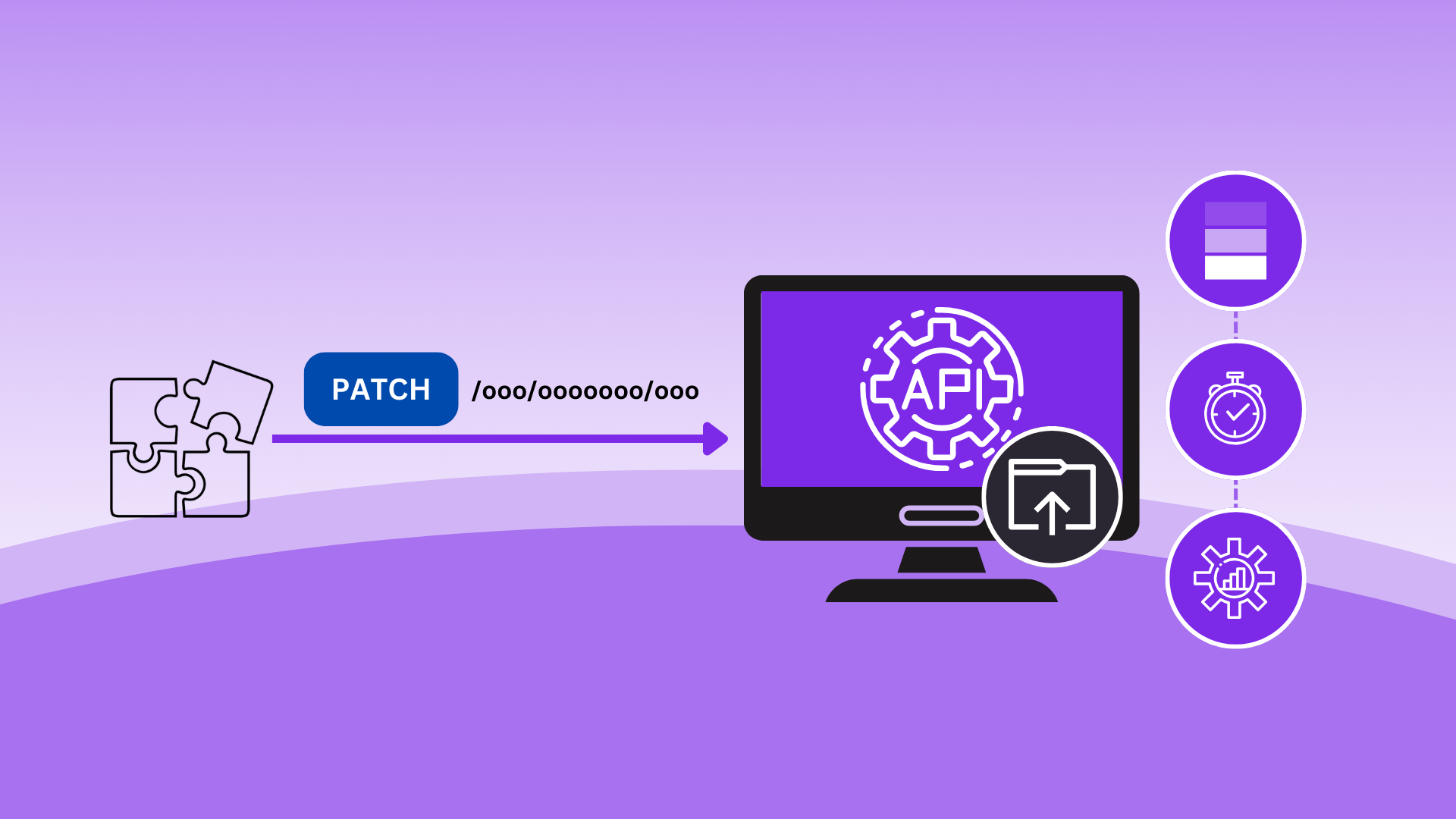
.jpeg)
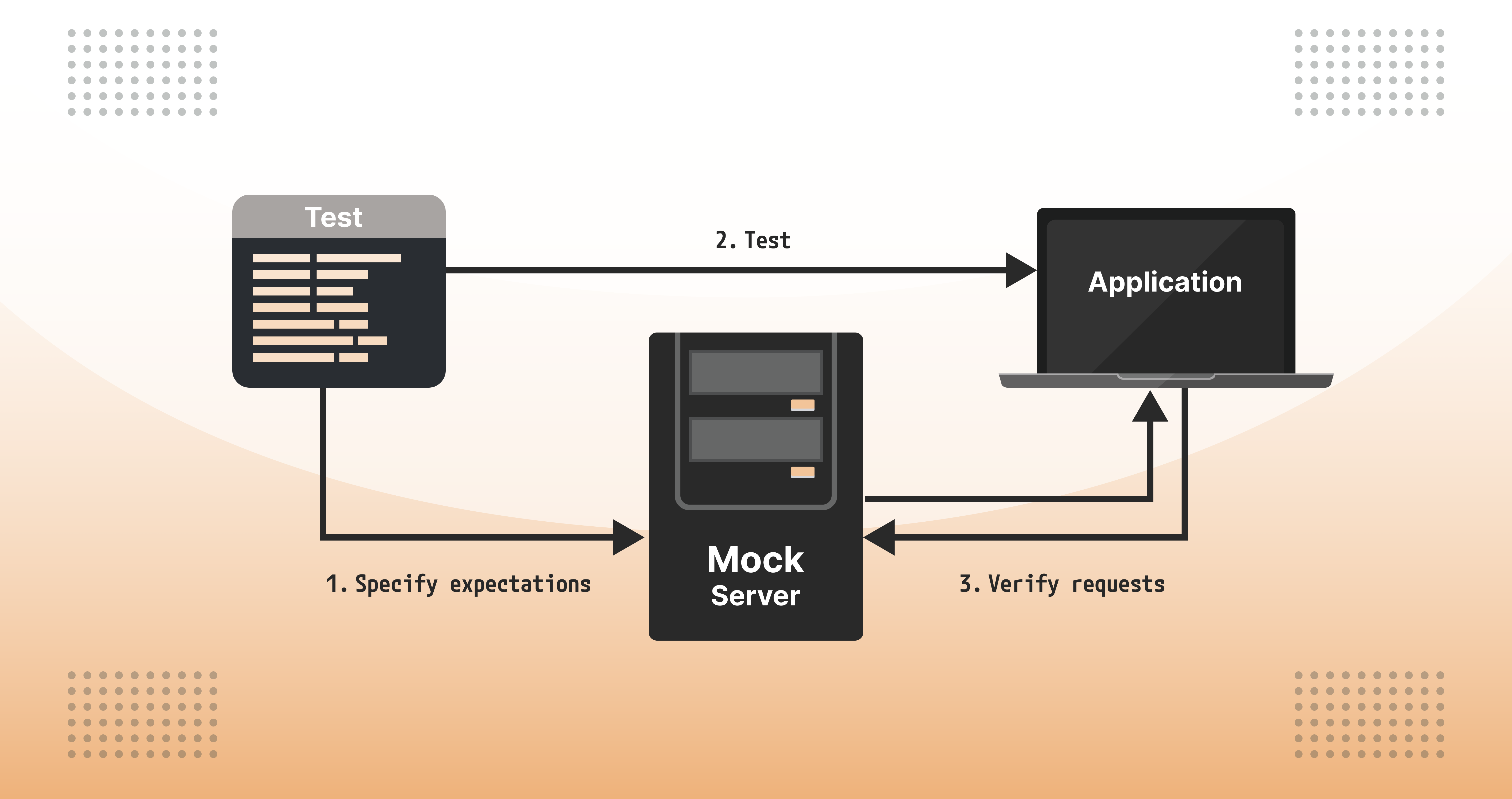
.jpg)
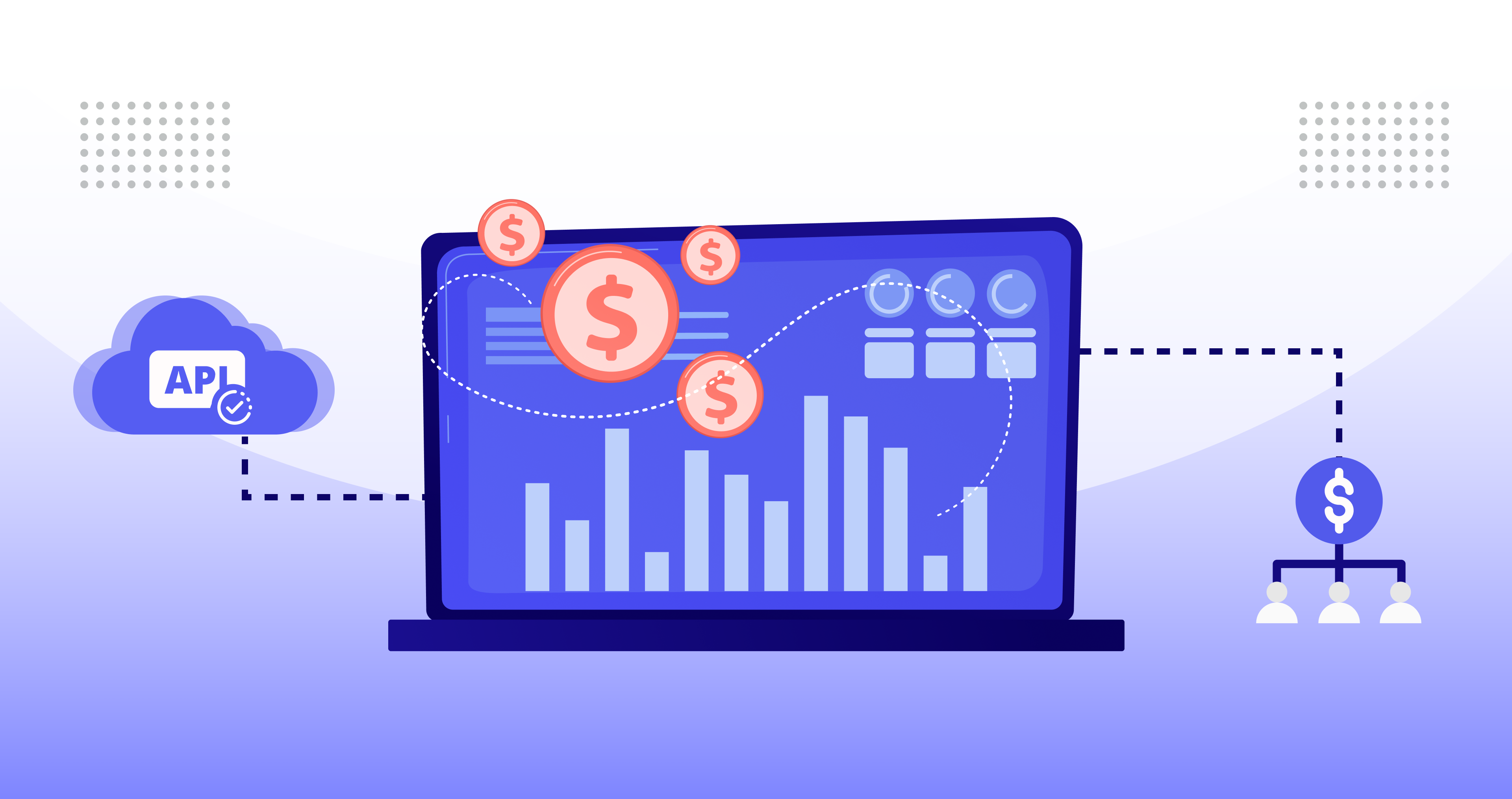
.png)
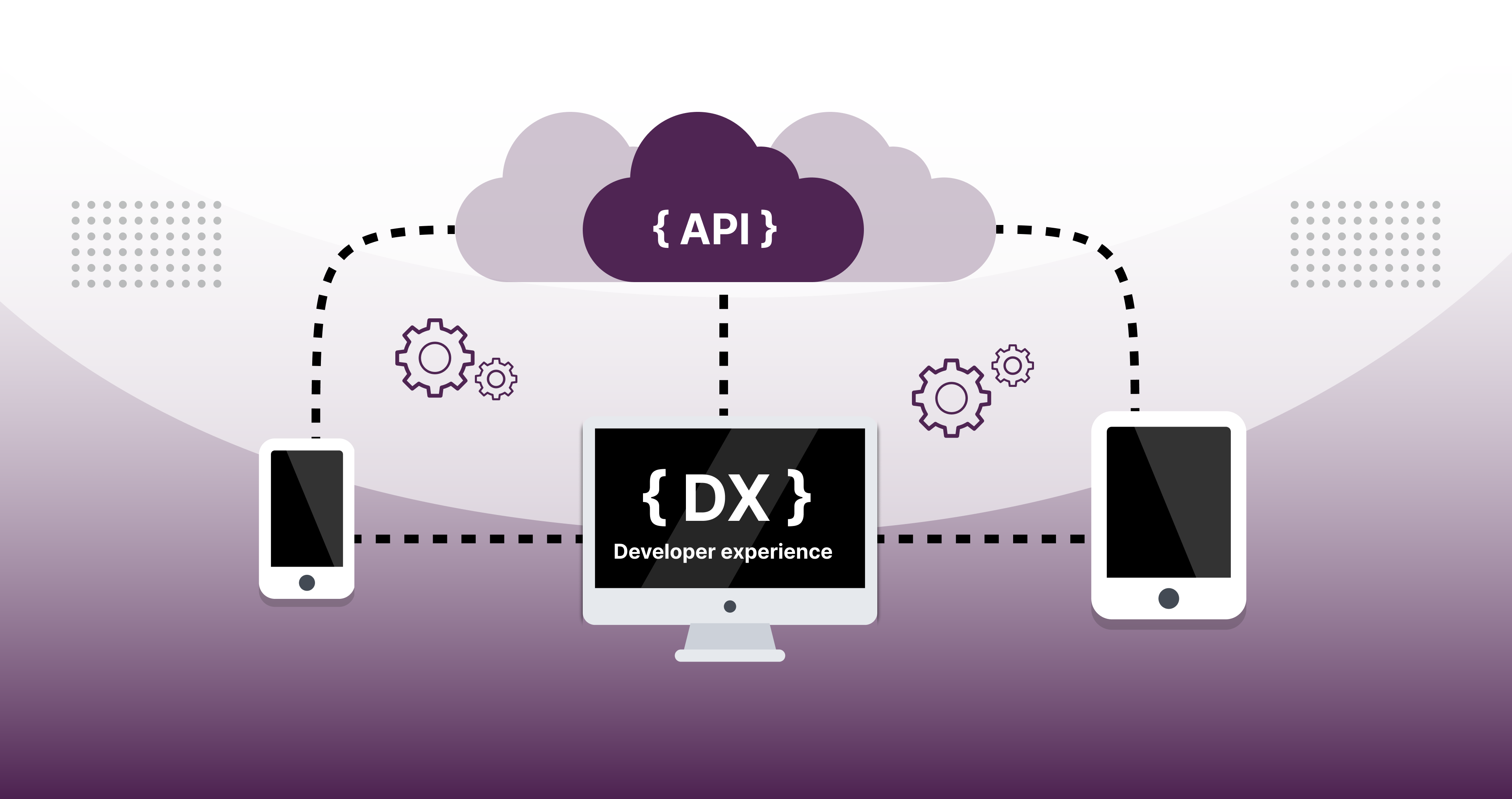

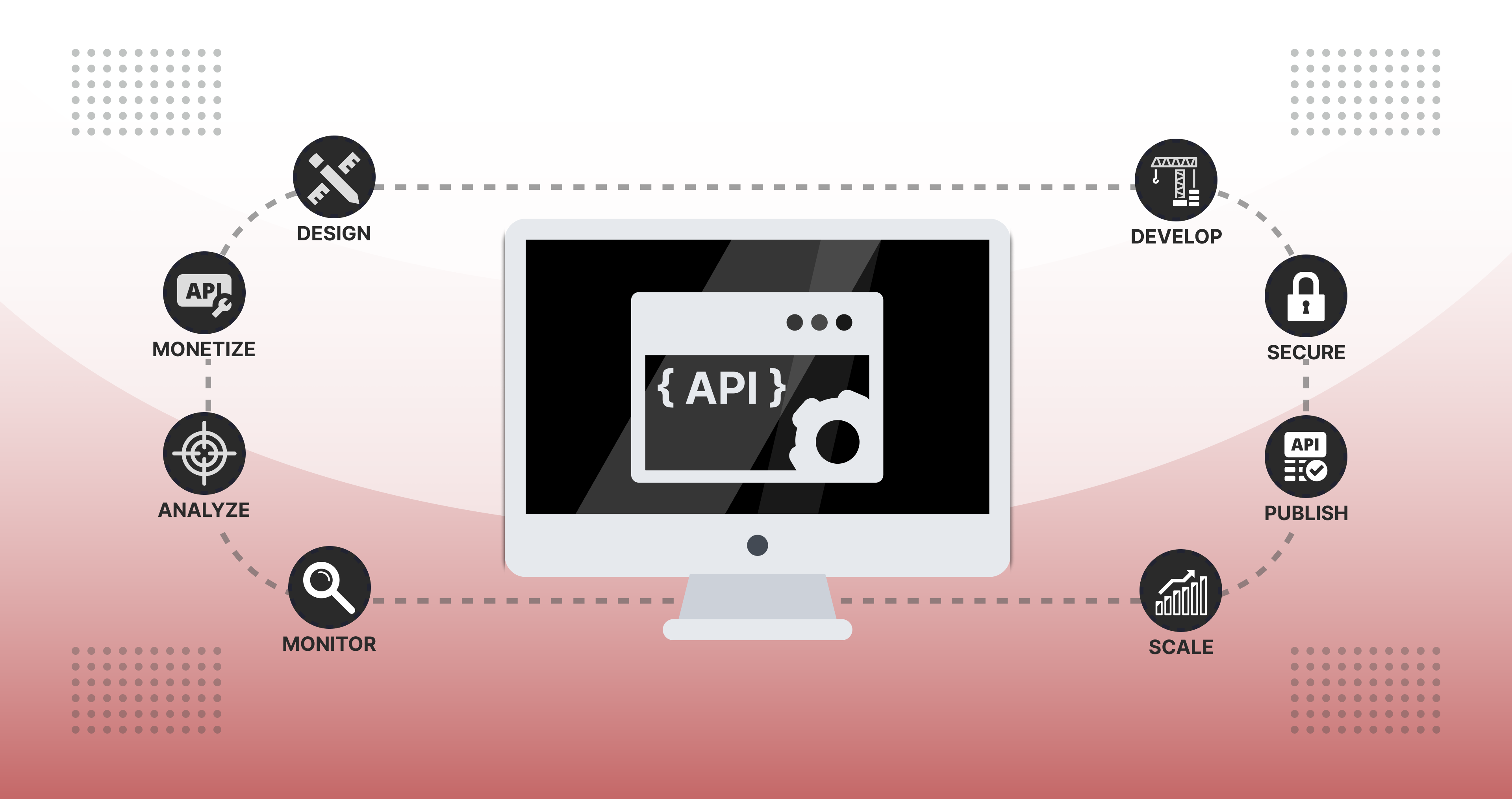
.jpg)
